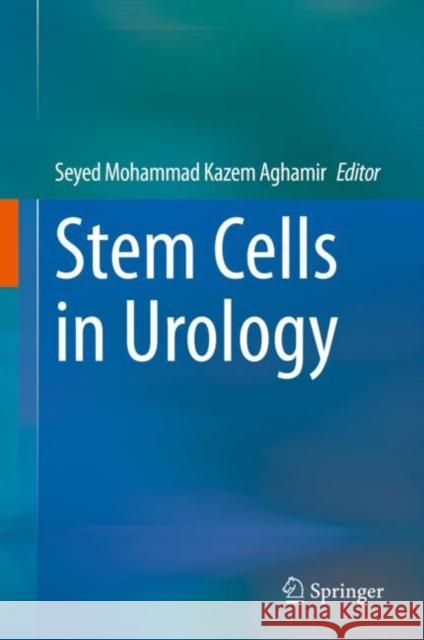Stem Cells in Urology » książka
topmenu
Stem Cells in Urology
ISBN-13: 9783030414757 / Angielski / Twarda / 2020 / 117 str.
Stem Cells in Urology
ISBN-13: 9783030414757 / Angielski / Twarda / 2020 / 117 str.
cena 403,47
(netto: 384,26 VAT: 5%)
Najniższa cena z 30 dni: 385,52
(netto: 384,26 VAT: 5%)
Najniższa cena z 30 dni: 385,52
Termin realizacji zamówienia:
ok. 22 dni roboczych
Dostawa w 2026 r.
ok. 22 dni roboczych
Dostawa w 2026 r.
Darmowa dostawa!
Kategorie BISAC:
Wydawca:
Springer
Język:
Angielski
ISBN-13:
9783030414757
Rok wydania:
2020
Wydanie:
2020
Ilość stron:
117
Waga:
0.36 kg
Wymiary:
23.88 x 19.56 x 1.02
Oprawa:
Twarda
Wolumenów:
01











